- Garlic boasts natural antifungal properties comparable to common medications, potentially beneficial for seborrheic dermatitis.
- Beyond antifungal effects, garlic offers anti-inflammatory, antioxidant, and immune-modulating benefits that may aid in managing seborrheic dermatitis symptoms.
- Historically, garlic has been used for dandruff, a condition closely related to seborrheic dermatitis.
- While topical garlic application might seem appealing, caution is advised due to potential skin irritation.
- Incorporating garlic into your diet may offer a gentle, long-term approach to support overall skin health in the context of seborrheic dermatitis.
Throughout my exploration of holistic approaches, garlic consistently emerges as a potential remedy for seborrheic dermatitis. Like many seeking solutions, I experimented with various forms of garlic—oil capsules, whole and crushed cloves, topical applications, and enteric-coated capsules—during my own struggle with seborrheic dermatitis. However, I personally didn’t observe noticeable improvements.
The rationale behind using garlic is seemingly straightforward: seborrheic dermatitis often responds to antifungal treatments, and garlic is known for its natural antifungal properties. This creates a logical leap: garlic’s antifungal action could target the fungal aspects of seborrheic dermatitis.
Despite my personal experience, the persistent mentions of garlic as a remedy prompted me to delve deeper. It became crucial to investigate why some online sources not only advocate for garlic but also report positive outcomes.
Review outcome: Garlic indeed presents numerous health advantages, many aligning with the characteristics of seborrheic dermatitis. Although current evidence doesn’t definitively support garlic as a direct treatment, incorporating regular garlic consumption into your diet might still offer a subtle advantage.
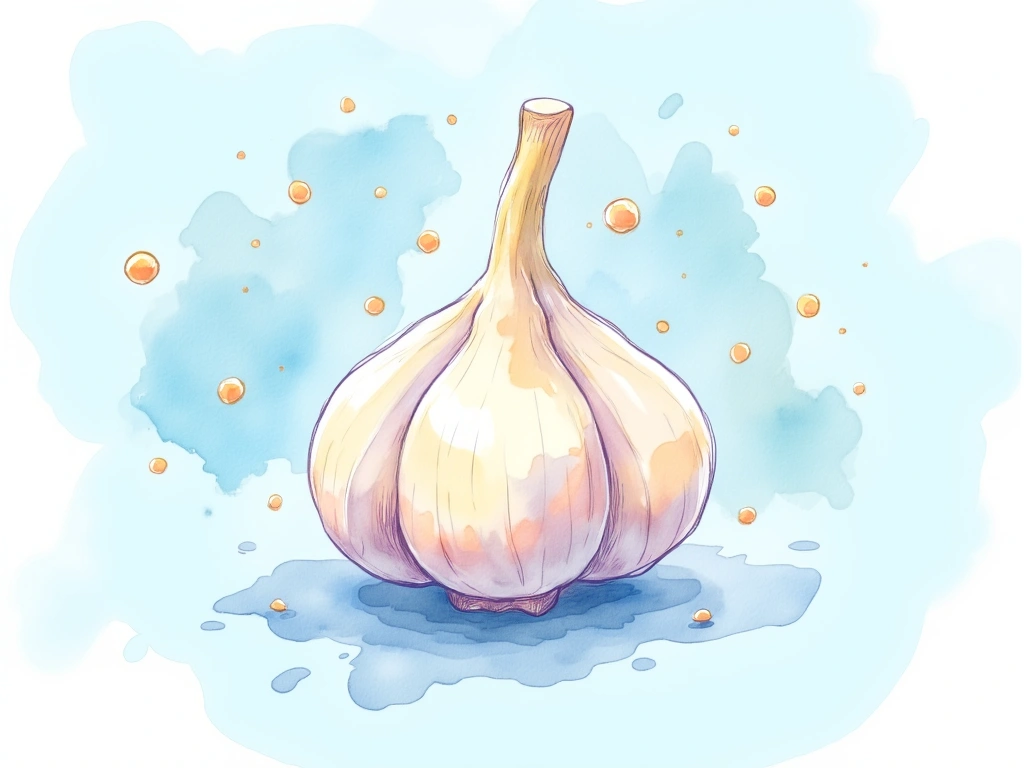
Garlic’s Antifungal Properties: What the Science Says
Let’s begin by examining the scientific basis for garlic’s antifungal claims:
- Allicin Powerhouse: Allicin [], a key component of garlic, has demonstrated antifungal capabilities in preliminary studies, showing comparable effectiveness to common azole antifungal drugs [1].
- Diallyl Trisulfide Contribution: Diallyl trisulfide, another garlic compound, also exhibits significant antifungal activity [2].
- Lab vs. Real-World Evidence: It’s important to note that most studies are “in vitro,” conducted in lab settings. “In vivo” (real-life) studies are still limited [3].
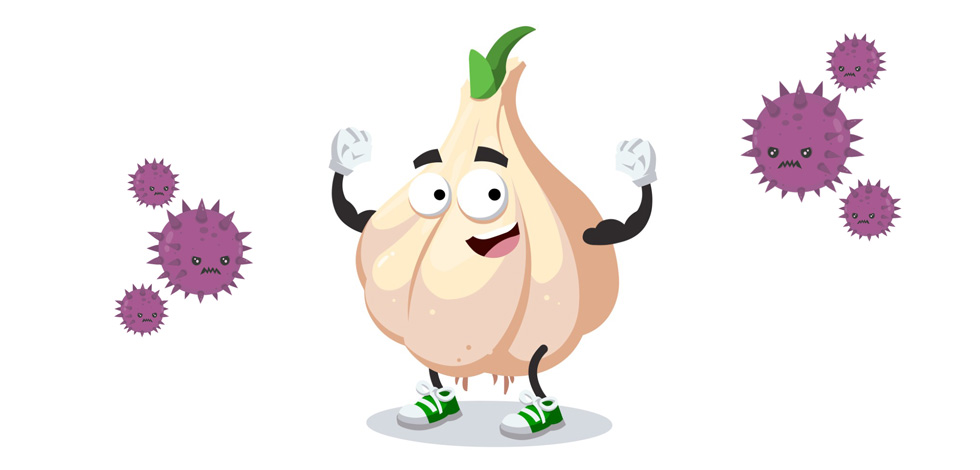
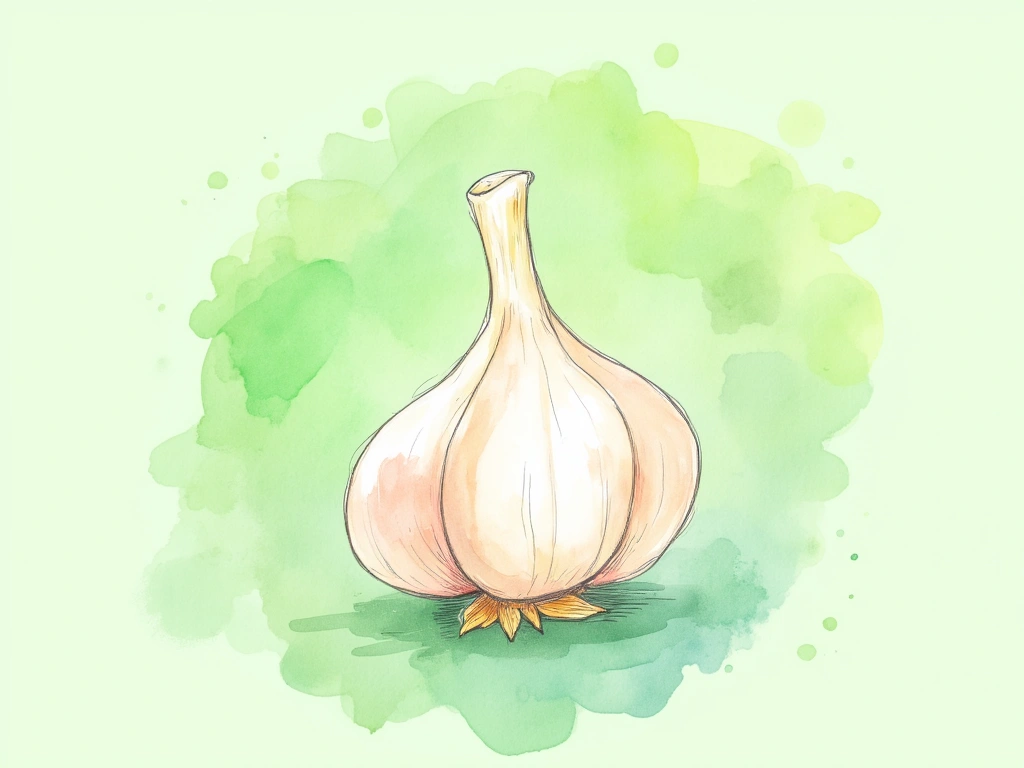
Beyond Antifungal Action: Complementary Benefits of Garlic for Seborrheic Dermatitis
Even if garlic’s antifungal potency isn’t sufficient to solely manage seborrheic dermatitis, its other properties could still be beneficial.
Extensive research over decades reveals that garlic offers a range of beneficial properties beyond just antimicrobial effects, including:
- Heart Health Support: Improved lipid profiles and cardiovascular benefits [4].
- Immune System Modulation: Influences cytokine secretion, immunoglobulin production, phagocytosis, and macrophage activation [5].
- Blood Sugar Regulation: Helps regulate blood sugar levels [6].
- Antioxidant Defense: Especially aged garlic, provides antioxidant benefits (see notes) [7].
- Inflammation Reduction: Demonstrates anti-inflammatory properties [8].
Considering seborrheic dermatitis involves an abnormal immune response, increased free radicals, and inflammation, garlic’s diverse properties might offer support on multiple fronts.
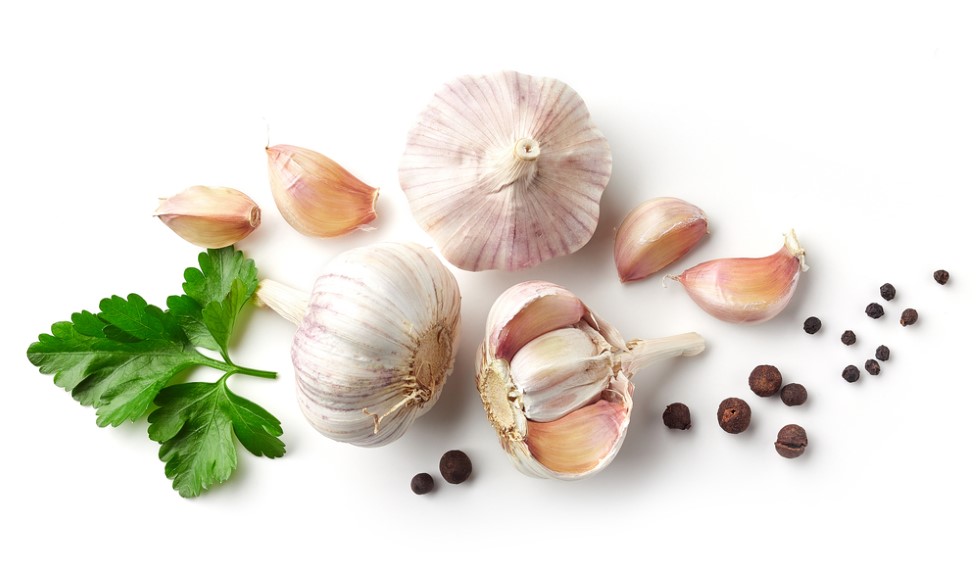
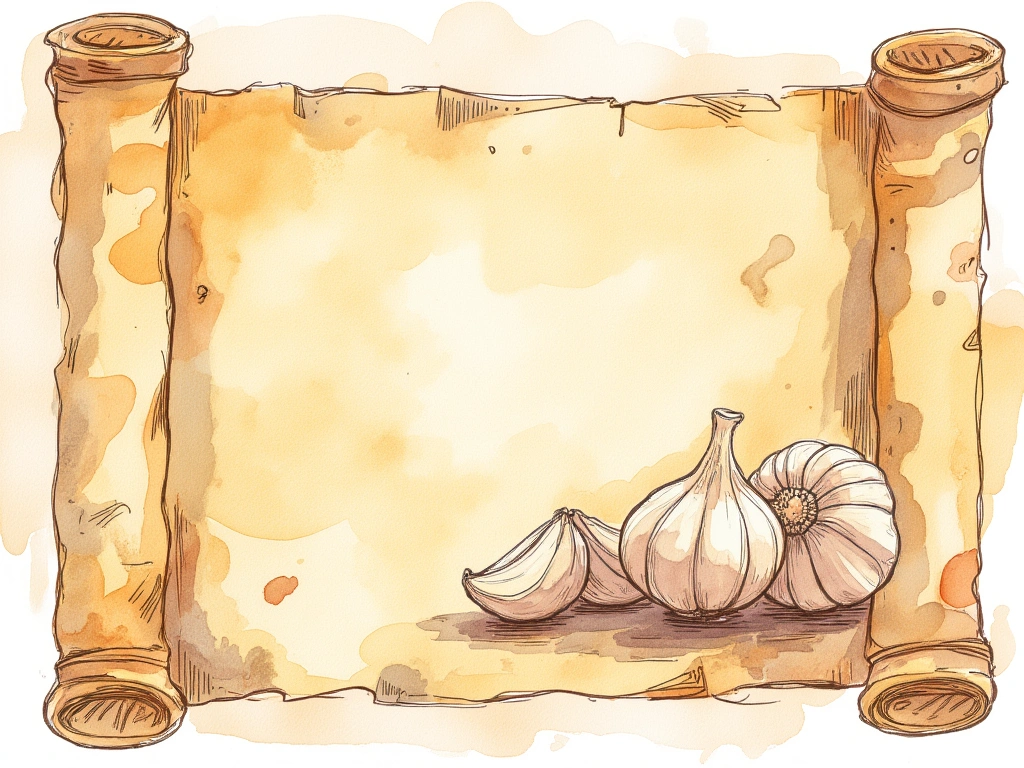
A Historical Look: Garlic and Dandruff Remedies
Intriguingly, historical medical texts reveal garlic’s long-standing use in treating dandruff:
- Arabian Herbal Traditions: Arabian herbalists utilized garlic for dandruff treatment [9].
- 16th Century European Botany: European botanists commonly prescribed garlic in the 1500s [10].
While these historical uses are not rigorous scientific evidence, they suggest a historical precedent for garlic’s application for scalp conditions similar to seborrheic dermatitis.

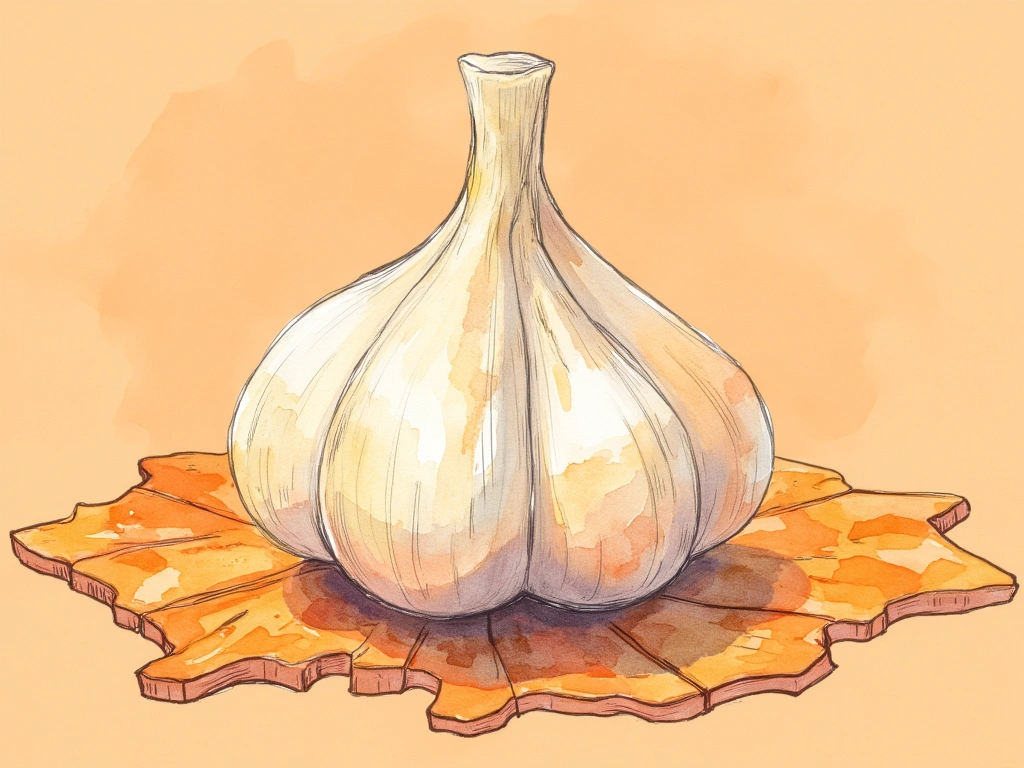
Topical Garlic: Is it a Good Idea for Seborrheic Dermatitis?
While most of this discussion focuses on ingested garlic, some propose applying garlic extracts directly to the skin to target Malassezia fungus on the skin surface.
Studies do suggest that topical application of carefully prepared garlic solutions can benefit various skin conditions [11], making this idea seem potentially valid.
However, closer consideration reveals drawbacks to topical garlic for seborrheic dermatitis.
Seborrheic dermatitis affects sebum-rich skin areas, which are often sensitive, and the condition itself heightens sensitivity.
Garlic is not a mild substance. Homemade topical garlic preparations are linked to:
Therefore, topical experimentation with garlic is generally discouraged, especially for sensitive skin affected by seborrheic dermatitis.

How Might Garlic Benefit Some Individuals with Seborrheic Dermatitis?
Considering the anecdotal success stories, what unique properties of garlic could explain symptom relief? While many plants possess antioxidant, anti-inflammatory, and immune-modulating effects, garlic’s uniqueness may lie in its:
- Antifungal Properties: Potentially reducing Malassezia activity on the skin.
- Lipid-Lowering Effects: Potentially influencing sebum lipid profiles.
These two properties likely sustain research interest in garlic and are more pronounced in garlic compared to many other natural candidates.
However, further speculation is limited by the lack of specific research on garlic and seborrheic dermatitis. Many factors and unknowns remain.
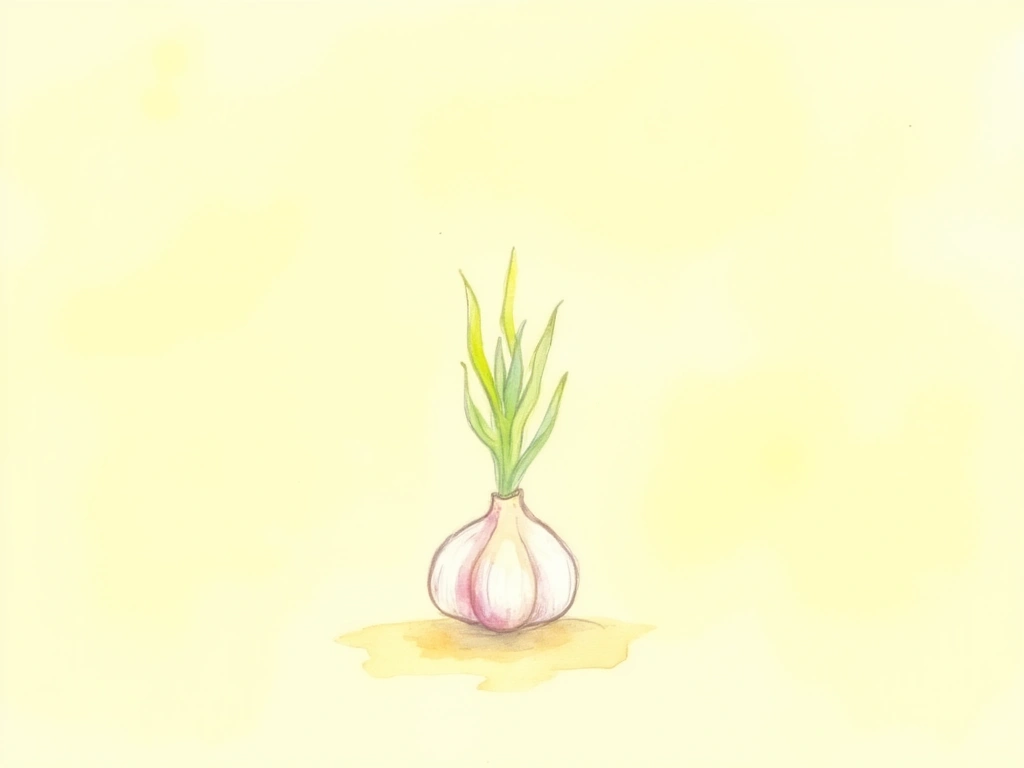
Additional Insights on Garlic and its Potential
- Garlic Family Allies: Plants like onions, leeks, and shallots also contain allicin and may offer some similar benefits.
- Garlic Shampoo Success: Shampoo with microwave-dried garlic powder has shown effectiveness against Malassezia strains [14].
- Aged Black Garlic Boost: Black garlic (aged garlic) is popular in Eastern medicine, and its production process appears to enhance beneficial properties [15, 16].
- Dosage Matters: Excessive garlic intake can have negative effects [17, 7].
- Ajoene Potential: Garlic processing can convert Allicin to Ajoene, a potentially more potent antifungal agent against Malassezia [18, 19].
- Supplement Challenges: The instability of garlic’s sulfur compounds makes it difficult to create consistently effective shelf-stable supplements [].
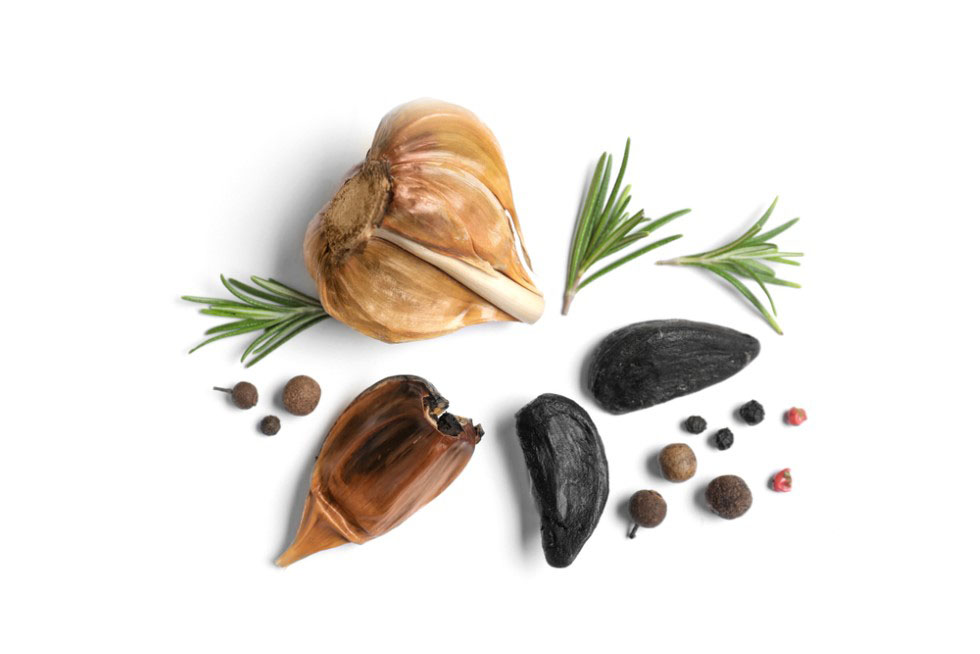
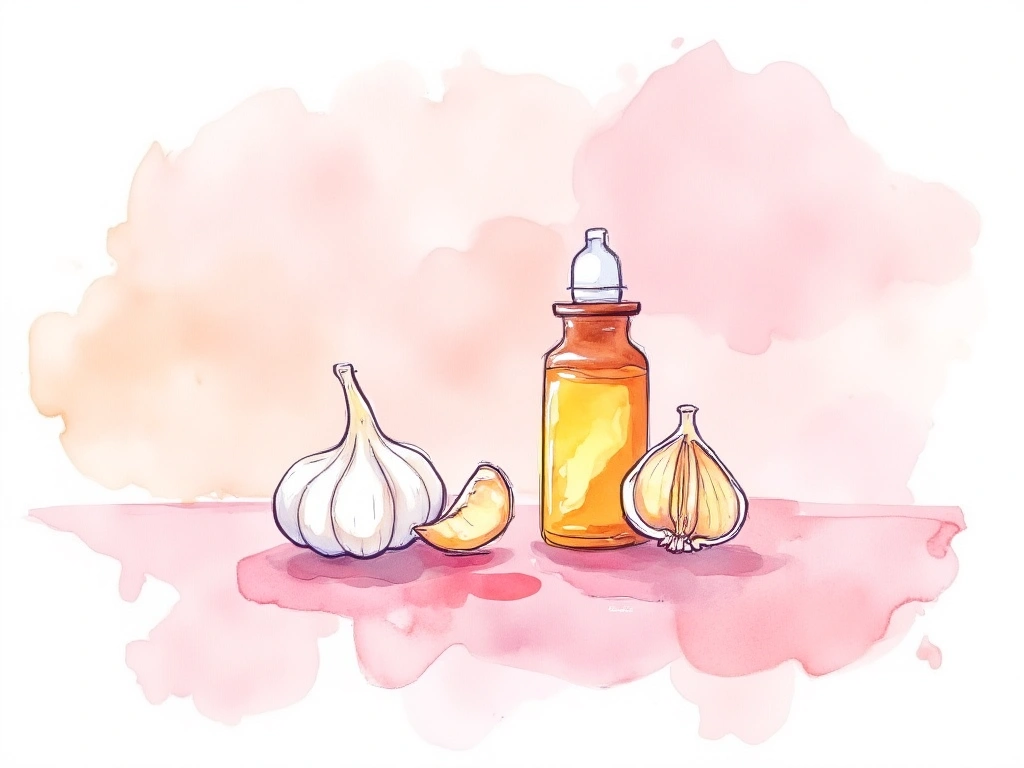
In Conclusion: Garlic for Seborrheic Dermatitis – A Promising Complement, Not a Cure
Garlic offers a wide array of health benefits, many of which align with the underlying factors in seborrheic dermatitis. While anecdotal evidence exists, robust medical literature confirming garlic as a direct treatment for seborrheic dermatitis is lacking.
Nevertheless, garlic’s benefits generally outweigh potential drawbacks. Incorporating garlic into your regular diet is likely a positive step for long-term health.
If you have personal experiences with garlic for seborrheic dermatitis, please share your insights in the comments below! Your success stories or cautionary tales are valuable.
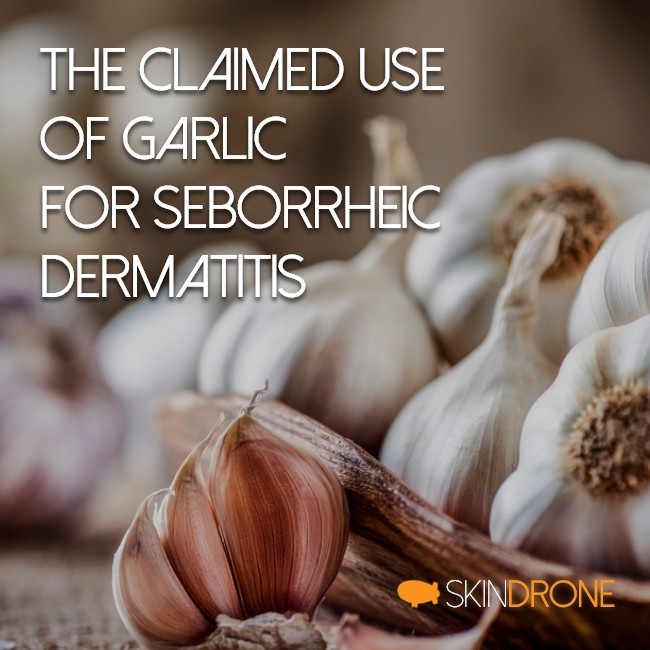
No Comments
Be the first to start a conversation